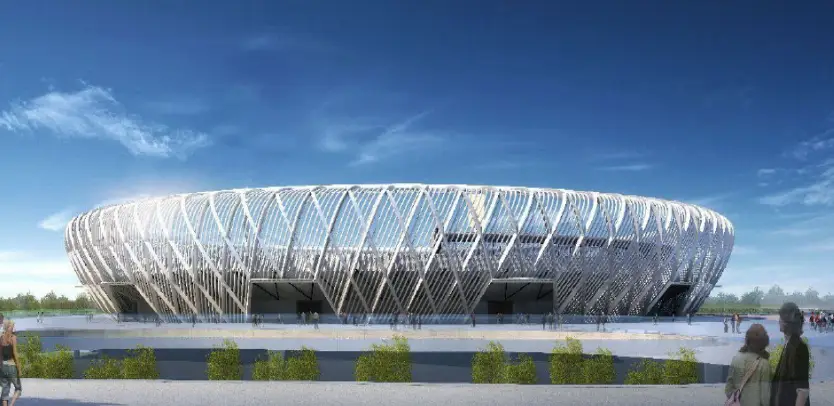Indoor basketball court lighting requires a comprehensive approach that balances energy efficiency, visual comfort, and athletic performance. Below are key considerations and advancements based on recent research:
Light Source Selection and Energy Efficiency
Hybrid lighting systems combining sunlight and white LEDs demonstrate superior performance in terms of illuminance, uniformity, and energy efficiency compared to traditional metal-halide lamps or standalone LED systems. These systems can significantly reduce energy consumption while maintaining high-quality illumination. Recent innovations in LED technology, such as perovskite/organic hybrid color converters, further enhance luminous efficacy (up to 100 lm/W) and color rendering (CRI 86), making them suitable for both illumination and visible light communication (LiFi).
Glare Control and Athlete Performance
LED lighting, despite its high luminance, poses glare risks due to small luminous surfaces. However, validated glare models like the Unified Glare Rating (UGR) correlate well with discomfort in indoor sports environments. Studies on volleyball courts show that while glare does not objectively impair athletic performance, it increases subjective discomfort and non-acceptance. Optimizing background luminance and source luminance can mitigate these effects.
Visual and Non-Visual Human Responses
Integrative lighting networks highlight the importance of luminous properties (e.g., spectrum, distribution) on visual preference, alertness, and fatigue. For instance, color quality (V1) and light distribution (V2) mediate alertness and emotional responses, respectively. A balanced spectrum with correlated color temperatures (CCT) near 5691 K, as seen in Tb³⁺-activated phosphors, supports both visual clarity and aesthetic indoor lighting.
Illuminance Standards and Uniformity
User comfort zones for indoor lighting typically range from 300 to 6800 lux, with optimal task performance achieved at ~430 lux. For basketball courts, uniform illuminance is critical to avoid shadows and ensure consistent visibility. Hybrid systems and advanced LED designs achieve this by optimizing spatial light distribution.
Surface-Reflection Interactions
Court surface materials (e.g., wooden vs. asphalt) influence foot-loading patterns and light reflection. Wooden courts, being more compliant, may amplify localized illuminance due to higher reflectivity, requiring careful calibration to maintain uniformity.
Recommendations for Implementation
Prioritize hybrid LED-sunlight systems for energy savings and performance.
Use UGR-compliant fixtures to minimize glare and enhance athlete comfort.
Adopt tunable LEDs with high CRI and adaptable CCT to meet both functional and psychological needs.
Regularly monitor illuminance levels (targeting 500–1500 lux for courts) and uniformity ratios (≥0.7).
These strategies align with emerging trends in sustainable and human-centric lighting design for sports facilities.
